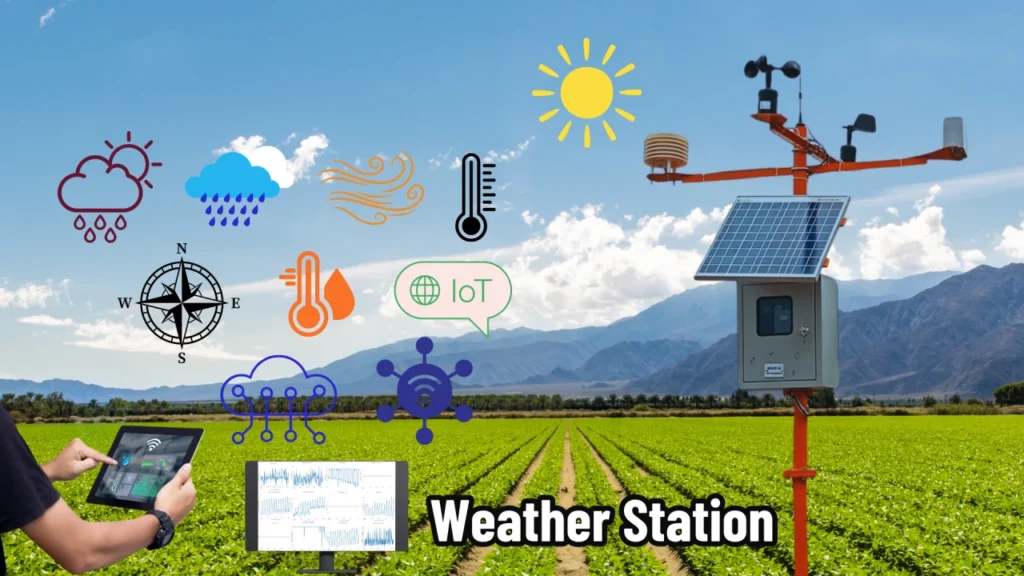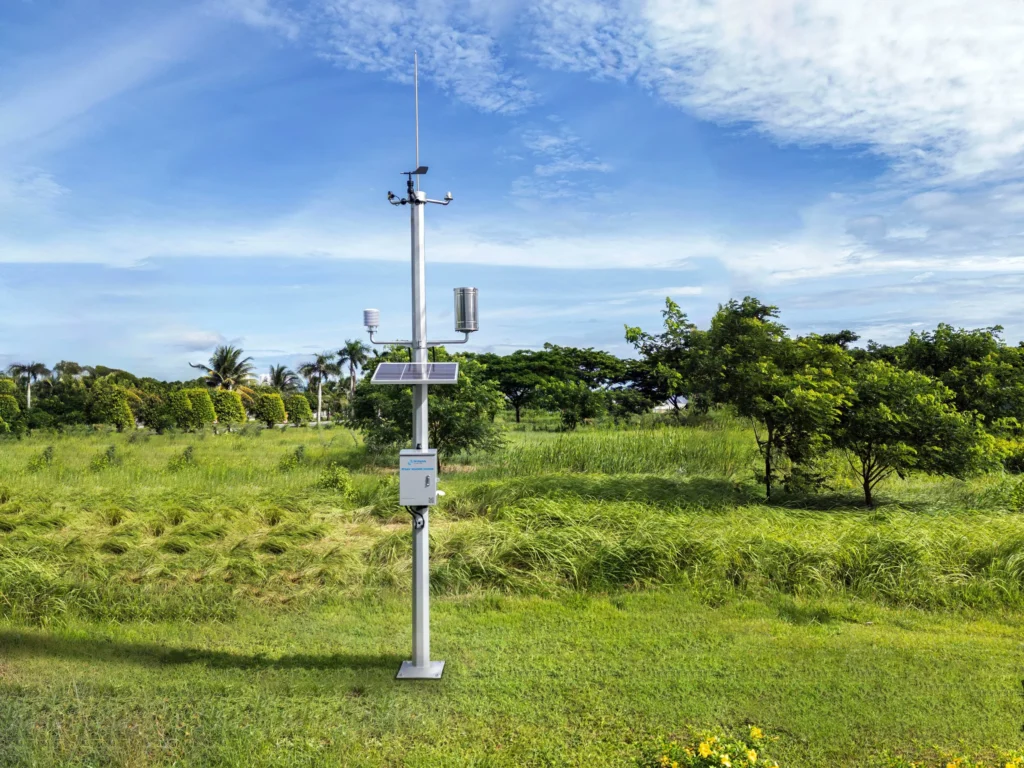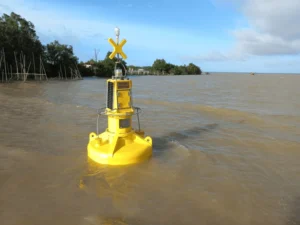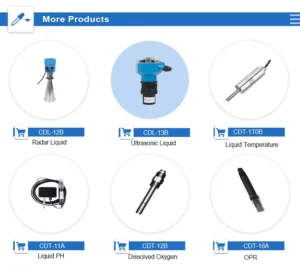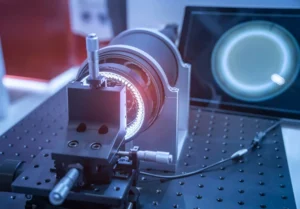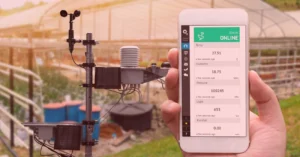Uses of automatic weather stations
An automatic weather stations (AWS) is a smart device. It is made to monitor and collect weather data automatically in real time. These systems are important in many fields.
They help gather data in a precise and quick way. This helps us make better choices and plans. Here are the main ways we use weather stations:
AWS devices track various weather conditions. These include temperature, humidity, air pressure, wind speed, wind direction, and rainfall. This data is essential for weather forecasting and climate research. It provides us with trustworthy information about the weather.
Disaster Warning:
AWS tools help us find severe weather events. This includes heavy rain, strong winds, and hail. By quickly spotting these events, they can give timely disaster warnings. This helps people get ready and gives important time for emergency responses.
Agricultural Productivity:
In farming, AWS systems check important environmental factors such as temperature, humidity, and sunlight. This data helps farmers plan their activities better. It creates good conditions for growth and helps boost crop yield.
Environmental Monitoring:
AWS units help check air quality, pollution levels, and other environmental factors. This information is important for groups that protect the environment. They use it to check pollution levels. They also make plans to protect ecosystems.
Urban Planning:
Automatic weather stations give important weather data to help with urban planning. AWS systems give insights that help design cities. This makes sure that functional areas are planned well and take climate factors into account.
Scientific Research:
The large datasets from AWS help with studies in weather, climate, and environmental science. Studying this information helps researchers follow climate patterns and predict future trends. This project helps with climate research around the world.
Automatic weather stations also meet other needs in different industries.
Aerospace:
AWS systems provide key data for safe and efficient flying. They check wind speed, direction, visibility, and other factors.
Airports use this information to make sure takeoffs and landings are safe. Airlines use it to plan routes. This helps flights arrive on time.
Transportation:
AWS solutions help track road conditions such as temperature, humidity, and ice. For example, on highways, real-time data about road conditions helps officials act quickly to ensure safety. They can use anti-skid treatments to help stop accidents.
Hydrological Monitoring:
Automatic weather stations help manage water resources. They track rainfall levels and important water data. This information helps us plan for natural disasters, such as floods and droughts. It lessens their effect on communities.
Energy Management:
Real-time data on things like wind speed and temperature can help use energy better. We can change the power supply based on the weather. This helps manage changes in how we use electricity.
Education and Scientific Awareness:
AWS devices help schools and research institutions by providing a hands-on learning tool. These stations provide students and scientists with helpful weather information. They assist with science education and climate research projects.
conclusion
Automatic weather stations are used in many areas. These areas include weather science, farming, taking care of the environment, and transportation. They are also important in fields like aerospace, city planning, water management, energy use, education, and research.
They are important tools for giving accurate weather data. This helps people choose better options. It helps them get ready for natural disasters. It also helps growth that lasts in many areas.

